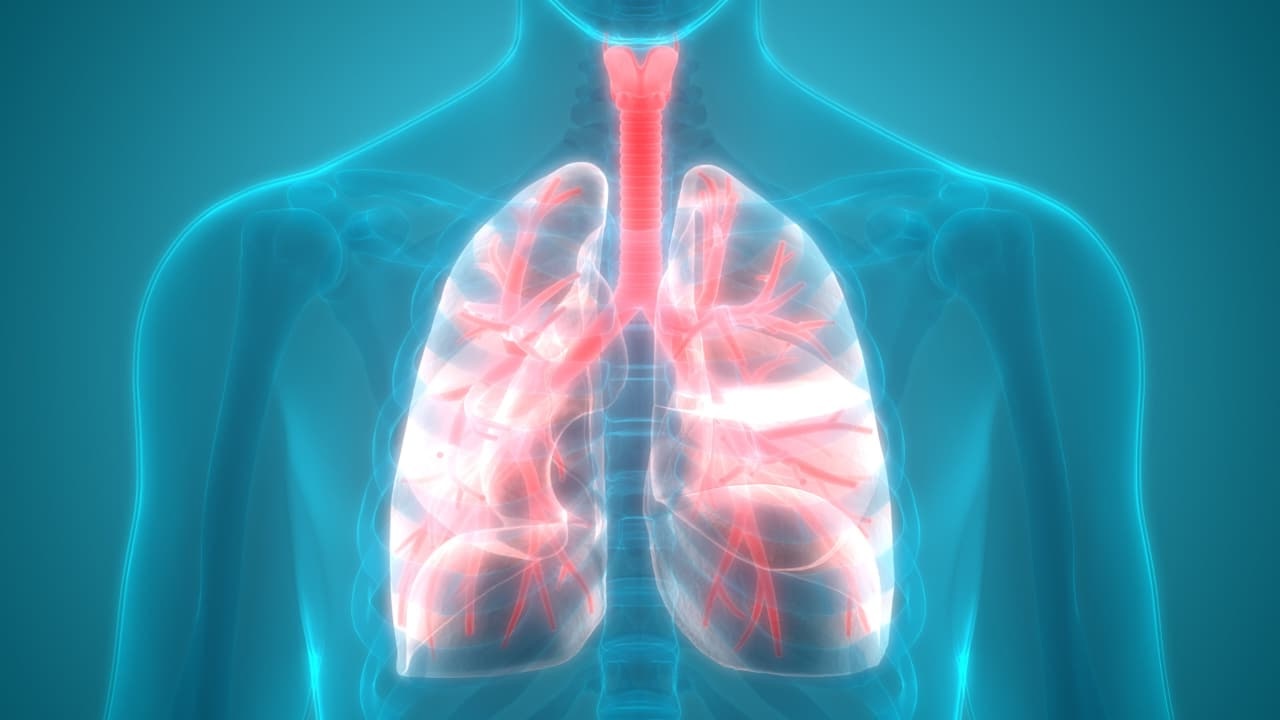
Cleidocranial dysplasia is a rare genetic disorder that affects the development of bones and teeth. Caused by mutations in the RUNX2 gene, this condition can lead to a variety of physical anomalies. People with cleidocranial dysplasia often have underdeveloped or absent collarbones, which allows them to bring their shoulders unusually close together. Other symptoms include delayed closure of the fontanelles (soft spots on a baby's skull), dental abnormalities like delayed tooth eruption, and short stature. Despite these challenges, individuals with cleidocranial dysplasia usually have normal intelligence and can lead fulfilling lives. Understanding this condition is crucial for early diagnosis and management, ensuring better outcomes for those affected.
Key Takeaways:
- Cleidocranial Dysplasia (CCD) is a rare genetic disorder that affects bone and teeth development, leading to various physical anomalies. It is caused by mutations in the RUNX2 gene and can result in dental abnormalities, hearing loss, and other medical complications.
- Living with CCD involves adapting to challenges, but with proper management and support, individuals can lead fulfilling lives. Famous individuals like actor Gaten Matarazzo have raised awareness about CCD, inspiring others and contributing to ongoing research efforts.
What is Cleidocranial Dysplasia?
Cleidocranial Dysplasia (CCD) is a rare genetic disorder affecting the development of bones and teeth. It is caused by mutations in the RUNX2 gene. This condition can lead to a variety of physical anomalies.
- CCD is also known as cleidocranial dysostosis.
- The term "cleidocranial" refers to the collarbone (clavicle) and the skull (cranium).
- People with CCD often have underdeveloped or absent collarbones.
- The condition can result in a wide, short skull.
- Individuals with CCD may have a prominent forehead.
- The disorder can cause delayed closure of the fontanelles (soft spots on a baby's skull).
Genetic Causes of Cleidocranial Dysplasia
Understanding the genetic basis of CCD helps in diagnosing and managing the condition. The RUNX2 gene plays a crucial role in bone development.
- CCD is inherited in an autosomal dominant pattern.
- A mutation in the RUNX2 gene disrupts normal bone formation.
- Each child of an affected parent has a 50% chance of inheriting the condition.
- Spontaneous mutations can also cause CCD, even if there is no family history.
- Genetic testing can confirm a diagnosis of CCD.
- Prenatal testing is available for families with a known mutation.
Physical Characteristics of Cleidocranial Dysplasia
The physical traits of CCD can vary widely among individuals. Some features are more common and noticeable than others.
- Short stature is a common characteristic of CCD.
- Individuals may have a narrow chest.
- The condition often results in dental abnormalities.
- Delayed loss of primary teeth and delayed eruption of permanent teeth are typical.
- Supernumerary (extra) teeth are frequently seen in CCD.
- The palate may be high and narrow.
- People with CCD often have a flat nose bridge.
- The condition can cause scoliosis (curvature of the spine).
Medical Complications Associated with Cleidocranial Dysplasia
CCD can lead to various medical issues that require attention and management. Regular monitoring and appropriate interventions can improve quality of life.
- Hearing loss can occur due to malformations in the ear bones.
- Respiratory issues may arise from a narrow chest.
- Individuals with CCD are prone to sinus infections.
- Osteoporosis is a potential complication.
- Joint problems, including hypermobility, are common.
- Delayed motor development may be observed in children with CCD.
- Some individuals may experience chronic pain due to skeletal abnormalities.
Treatment and Management of Cleidocranial Dysplasia
While there is no cure for CCD, various treatments can help manage symptoms and improve quality of life. A multidisciplinary approach is often beneficial.
- Dental care is crucial for managing tooth abnormalities.
- Orthodontic treatment can address misaligned teeth.
- Surgery may be necessary to remove extra teeth.
- Hearing aids can help manage hearing loss.
- Physical therapy can improve mobility and strength.
- Regular monitoring of bone density is important to manage osteoporosis.
- Pain management strategies may include medication and physical therapy.
Living with Cleidocranial Dysplasia
Living with CCD involves adapting to various challenges. Support from healthcare providers, family, and community can make a significant difference.
- Individuals with CCD can lead fulfilling lives with proper management.
- Support groups can provide valuable resources and emotional support.
- Education about the condition helps in advocating for necessary accommodations.
- Awareness campaigns can reduce stigma and promote understanding.
- Advances in medical research continue to improve treatment options.
- Adaptive devices can assist with daily activities.
- Regular follow-ups with healthcare providers are essential for ongoing care.
Famous Individuals with Cleidocranial Dysplasia
Some well-known people have brought attention to CCD through their public profiles. Their stories inspire and educate others about the condition.
- Actor Gaten Matarazzo, known for his role in "Stranger Things," has CCD.
- Matarazzo uses his platform to raise awareness about the condition.
- His openness about CCD has helped reduce stigma.
- Matarazzo has undergone multiple surgeries to manage his dental issues.
- He actively supports organizations that focus on CCD research and support.
Research and Future Directions in Cleidocranial Dysplasia
Ongoing research aims to better understand CCD and develop new treatments. Advances in genetics and medicine hold promise for the future.
- Researchers are exploring gene therapy as a potential treatment for CCD.
- Studies on bone growth and development may lead to new interventions.
- Collaboration between scientists and clinicians is crucial for progress.
- Patient registries help collect data to improve understanding of CCD.
- Advocacy groups play a key role in funding research efforts.
- Increased awareness can lead to earlier diagnosis and better outcomes.
- Future treatments may focus on correcting the underlying genetic mutation.
Final Thoughts on Cleidocranial Dysplasia
Cleidocranial Dysplasia (CCD) is a rare genetic condition affecting bone development. Understanding its symptoms, causes, and treatments can help those affected lead better lives. From missing collarbones to dental abnormalities, CCD presents unique challenges. However, advancements in medical research offer hope for improved management.
Early diagnosis and intervention play crucial roles in addressing CCD. Regular check-ups, dental care, and physical therapy can significantly enhance quality of life. Support from family, friends, and healthcare professionals is vital for those living with CCD.
Raising awareness about CCD helps foster a supportive community. Sharing knowledge and experiences can make a difference. Remember, every bit of information contributes to a better understanding of this condition.
Stay informed, stay supportive, and continue learning about CCD. Knowledge empowers us to make a positive impact on the lives of those affected by Cleidocranial Dysplasia.
Frequently Asked Questions
Was this page helpful?
Our commitment to delivering trustworthy and engaging content is at the heart of what we do. Each fact on our site is contributed by real users like you, bringing a wealth of diverse insights and information. To ensure the highest standards of accuracy and reliability, our dedicated editors meticulously review each submission. This process guarantees that the facts we share are not only fascinating but also credible. Trust in our commitment to quality and authenticity as you explore and learn with us.


